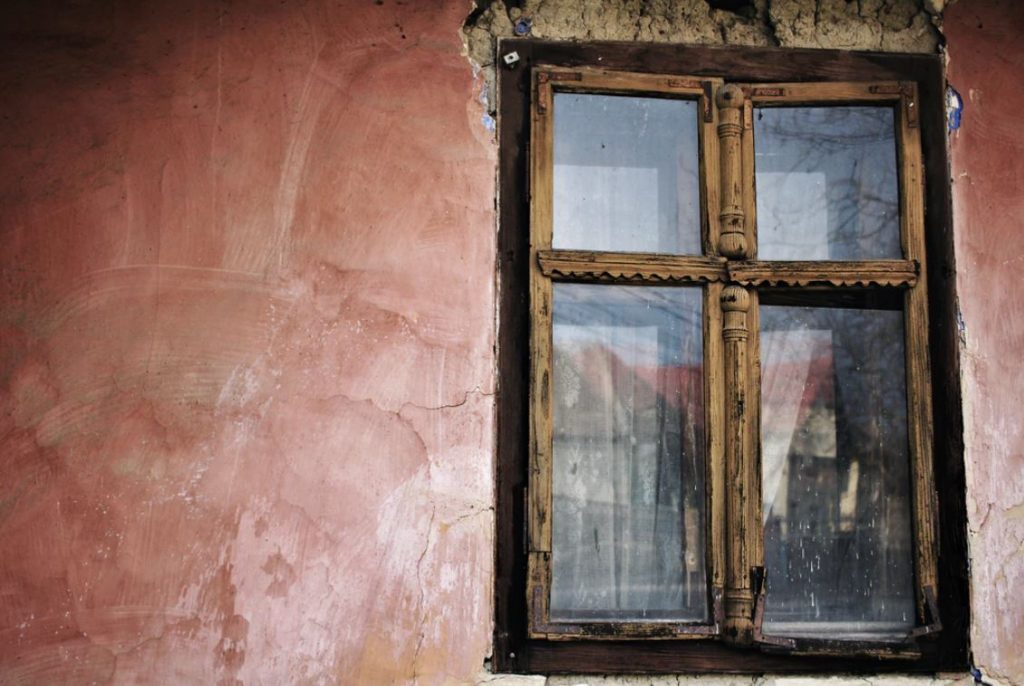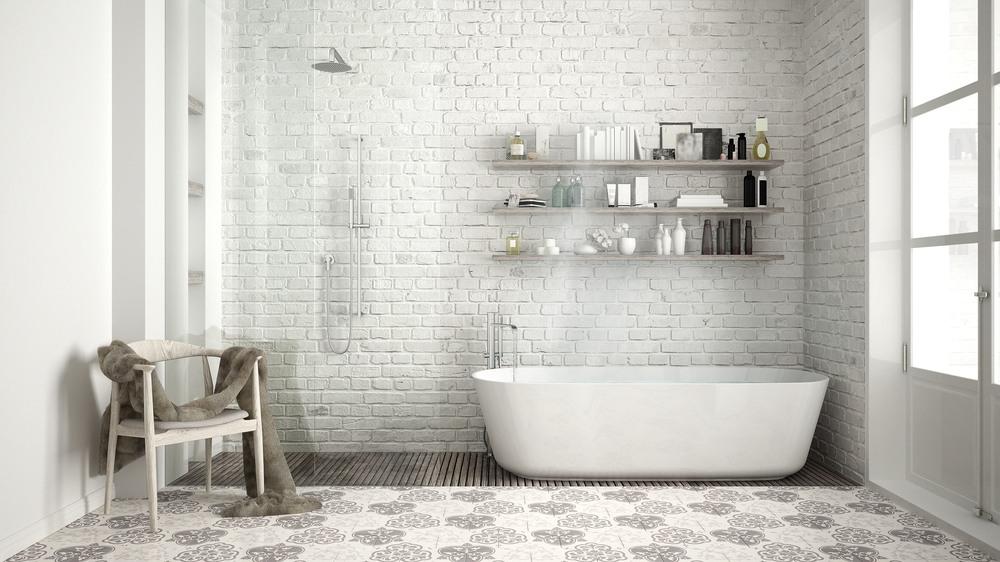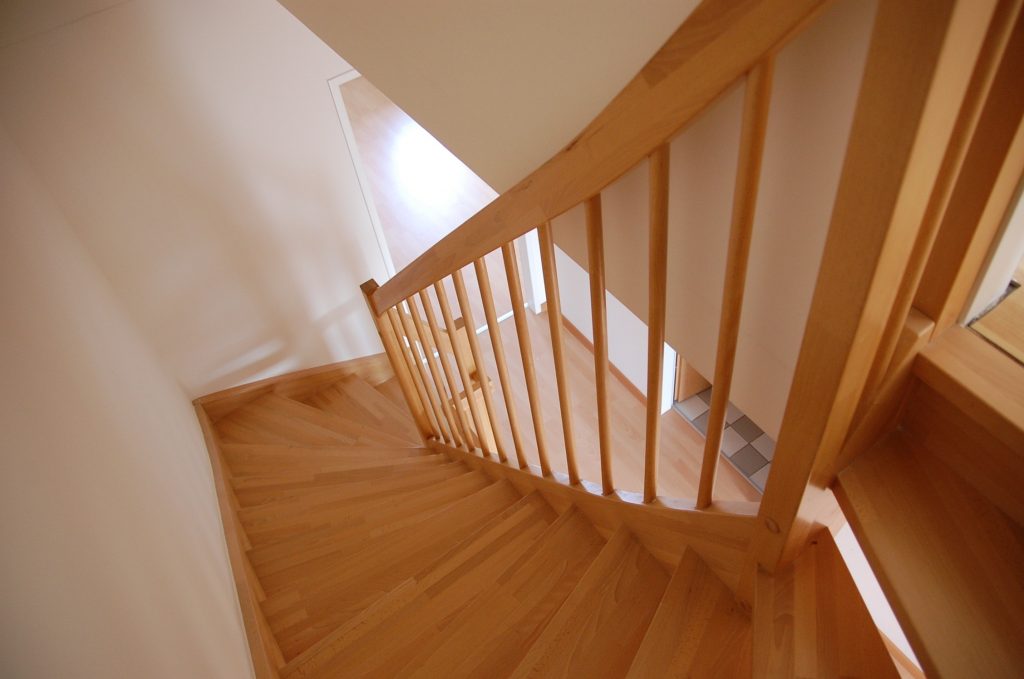Whether you are on the lookout for a new home to live or you are trying to improve the one you are in, you may find that there are so many little tasks ahead of you. It all depends on where you live but the quality of an older home is diverse, to say the least. The average owner-occupied structure in the US is only 42 years old, but this means that houses built before the late 1970s have certain issues that are commonly thought of as part of an older home. So if you are living in an older property you may want to consider some of the common issues.
Termite Damage
When termites get ahold of your home they can devastate the entire structure. Over time, termites eat through some of the wooden components, such as the drywall and even the floors. The reason older homes are more likely to have termites or termite damage is because of bad foundations. It can be difficult to spot the signs of termite damage at the outset, but if you see holes in the drywall or bubbling paint, this may point towards pesky critters. The solution is more about preventive pest control rather than providing a solution. You can hire a pest control professional to get rid of the colony or diminish it. But you can undertake some work yourself to remove, as much loose wood that has contact with the lowermost part of your home.
Hazardous Materials
We cannot talk about old homes without mentioning lead and asbestos. Lead is commonly found in paint. And before 1978 it was prevalent in most paint. Asbestos was used as insulation and fireproofing material until the middle of the 1970s. If you live in a home that was built before 1978, it’s a requirement that you acknowledge your understanding the property contains some lead paint. It is possible to hire a professional lead paint removal service. But when it comes to asbestos, this is not something to be messed with. Exposure to asbestos can cause extreme forms of lung disease and cancer like mesothelioma. Asbestos removal is costly, but is necessary if you intend to knock down walls. When you knock down a wall or interfere with an asbestos-containing wall, this will release particles into the air.
Mold and Mildew
Homes exposed to moisture develop mold problems over time. While you tend to find these issues in bathrooms or basements, it can happen anywhere depending on the climate. It’s more likely to occur in old homes because of cracked foundations and leaky pipes which allows in excess moisture. While you may think that spotting mold or mildew is easy, in fact, you may not realize there is a problem until later on. If you find that you have respiratory problems like asthma or allergies, you may want to look at mold being a culprit. But also, because mold can cause structural problems, this could make your home uninhabitable. Luckily, issues with basic mold are easily treatable. The best option is to purchase a dehumidifier. But you can also treat mold infestations with mold spray, as well as good cleaning habits. On the other hand, if the home has a large infestation, a specialist can fix this, but it is a very costly procedure. One of the best pieces of advice anybody can have in this situation is to consult their homeowner’s insurance policy. If you want to reduce remediation costs you need to check that the policy will cover mold clean-up, especially before you make a purchase on an older property. If you rent, it is the responsibility of your landlord.
Radon
While radon is more prevalent in areas such as the Northeast and Midwest, it can happen anywhere. Radon is a radioactive gas that is found in certain types of bedrock. Radon can enter the home through basement walls or anywhere there are cracks in the perimeter. The foundation of most older homes are poor, which is how radon usually finds its way through. While radon is not toxic in small doses, it can, over time, cause lung cancer. Preventing radon from infiltrating your home requires sealing the foundation cracks after you have captured the gas in the rock or soil around the foundation.
Plumbing Issues
Another common part of old homes is substandard plumbing. One of the biggest dangers of any plumbing system is a pipe failing that can cause water damage or flooding in the home. While this damage is covered by homeowners’ insurance, being unable to live in the property for a long time, as well as the resulting issues caused by flooding like mold, can take a while to remedy. For anybody purchasing an older property, it’s important to ask about the plumbing system and the materials used in the drain pipes. If the pipes are made of steel they can wear out after 20 years, whereas brass and copper last more than 50 years. There are other plumbing issues that can occur over time, such as root damage. If tree roots have worked their way into draining pipes and the foundation of the home, this could cause the pipe joints to burst. The key to this is proper maintenance. But if you are looking for a home that contains polybutylene pipes, a material used between the 1970s and 1990s, you’ve got to be careful and ask for the seller to install new pipes.
Roofing Problems
One of the main things any potential buyer has to look at in terms of an older home is if the roof is deteriorating. If a roof has certain issues, it could cause a wide variety of problems. From pest infestations to poor insulation, these issues can be incredibly expensive to fix. It’s crucial to look at the warning signs of potential roof issues. One of the big ones is damaged or missing shingles. You need to look at the roof and assess the condition. It may very well be the case that the person selling the roof may not be aware of how old it is. A roof inspector can give you a far better understanding of the cost of potential repairs. If there are problems all over the roof, this can be very expensive, but if the roof problems are only in a small area and the roof is not too old, you can replace or repair that section.
Poor Electrics
Electrics can be unsafe for obvious reasons, but if the electrical systems have been updated to cover potential problems, an older home may not have enough electrical outlets. If an old home is still using old electrical wiring, the risk for electric shocks and fires is higher. As tempting as it is to undertake this work yourself, you should hire a licensed electrician. Luckily, an experienced electrician can install an electrical outlet in the space of an hour.
While an older home has a lot of potential pitfalls, there are many benefits of owning an older home. Apart from the aesthetic qualities, they are sturdier and can be a very wise real estate investment. Although many people prefer newer properties, there is a lot to be said for getting an older home. Of course, you have to decide whether the cost of updating an old home is feasible. Many older homes have a lot of charming period features which can increase resale value. Many older homes are also in a very established and affluent neighborhood. But it’s about weighing up the pros and cons.




